- Tags:
- Kukai / Kyoto / Toji Temple
Related Article
-
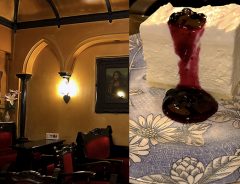
Enjoy A Taste of Showa Era Cafe Culture At Kyoto’s Nostalgic Salon de thé François
-
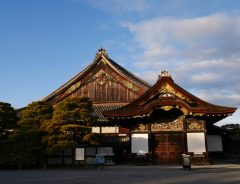
Feel the Power of the Shōgunate at Kyoto’s Nijo Castle
-
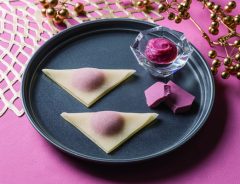
Ruby Chocolate Otabe: A New Collaboration From a Long-Standing Kyoto Sweets Shop
-
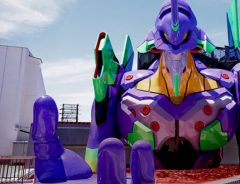
Life-sized Evangelion statue in Kyoto lets you take a synchronization test in the entry plug
-
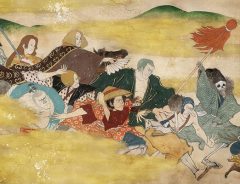
One Piece Collaboration With City of Kyoto to Feature Special Exhibition at Daikaku-ji Temple
-
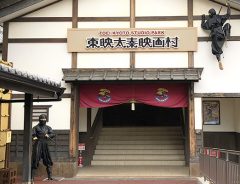
Toei Kyoto Studio Park: Experience The Thrilling World of Japanese Hollywood (Part 1)
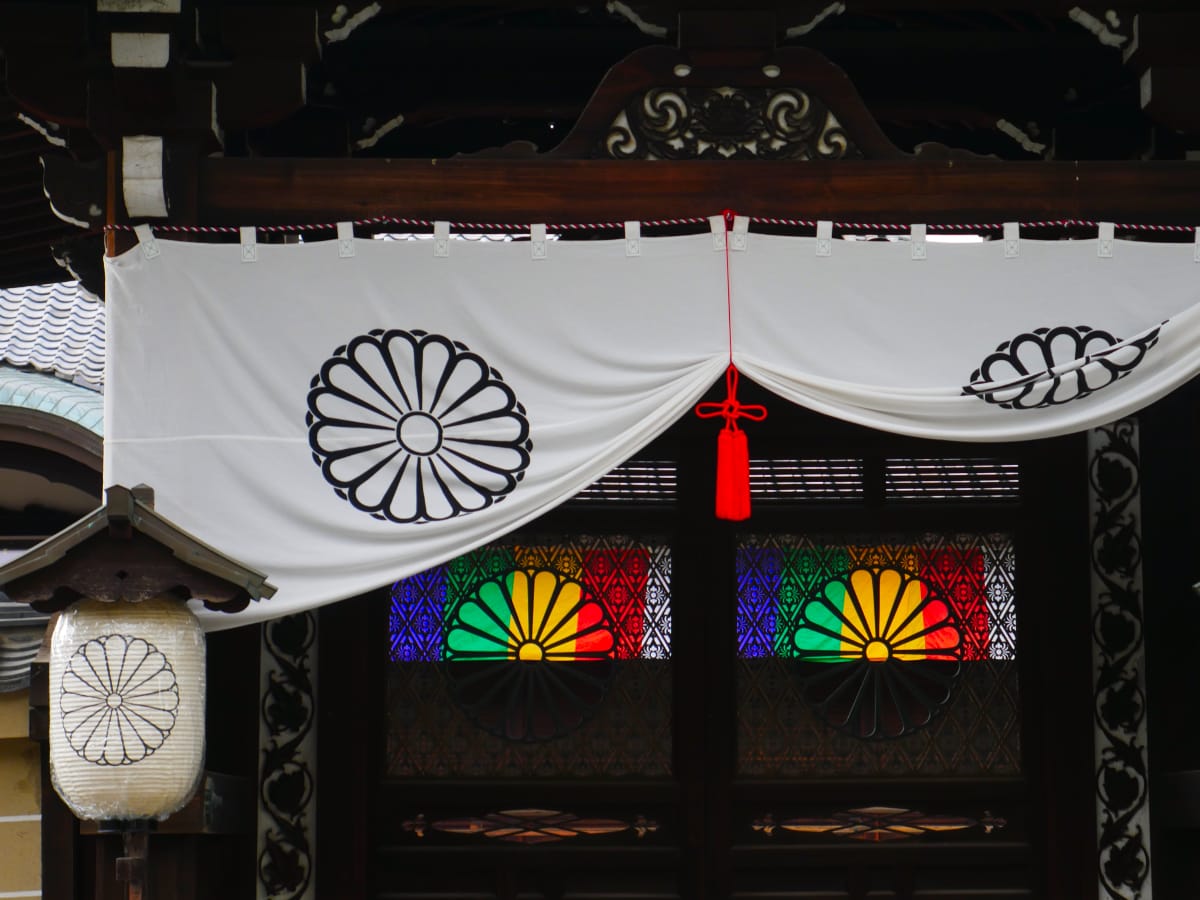


Established in 794 by Emperor Kammu, Tōji temple along with Sai-ji temple were the only two temples permitted by the emperor to stand within the capital’s inner walls. Together, the two temples stood either side of the main southern gate to the capital known as Rashō-mon and served to protect the city and spiritual wellbeing of the capital. Although Sai-ji fell into disuse and became defunct by the 13th century, Tōji continued to grow and prosper through the influence of Shingon Buddhism and became a place for the treasures of the capital to be stored.
Around 30 years after the temple’s completion, a new emperor had been crowned and handed the temple over to the great Buddhist monk Kūkai in 823. This great gift bestowed by the emperor onto Kūkai marked the beginning of Shingon Buddhism in the capital and allowed Kūkai to gain prominence and to greatly influence the imperial court into accepting the new religion. Following Kūkai’s appointment as the head priest of Tōji, the temple became one of the most important temples to the Shingon Buddhist sect alongside Kūkai’s mountain complex at Okunoin on Mount Koya. Kūkai continued to build upon the original temple grounds and he added many of the wooden buildings that still stand today alongside the collection of treasures and writings he brought back from his travels in China.
At the Temple grounds
The Kondō Hall
The Kondō Hall is the main hall of worship at Tōji temple and houses a large wooden statue of Yakushi Buddha and his two attendants, Nikko and Gakko Bodhisattvas. The Yakushi Buddha, also known as the medicine teacher, was originally believed to cure life-threatening illnesses and eventually to appease evil spirits. The original building itself was destroyed by a fire in 1486 and was rebuilt in a contemporary style during the early Edo Period. The current structure combines both Japanese double roof Irimoya architecture and Indian Tenjiku in one building.
Inside, the positioning of the Buddhist statues are set up to show a physical representation of Buddhist cosmology. The Yakushi Buddha sits in the centre and is surrounded by seven versions of himself which symbolizes the different forms of the buddha that appear to save people. Underneath, the Yakushi Buddha is held up by twelve heavenly generals which are the protectors of the Buddha and represent the 12 hours of day and night, 12 months of the year and the 12 Chinese zodiac directions. On the Right of the Yakushi Buddha sits the Nikko Bosatsu, who is the sun Bodhisattva, and on the left is the Gakko Bosatsu, also known as the Bodhisattva of the moon.
The Kodō Hall
Next to the Main Kondō Hall stands the Kodō Hall, which serves as the temples lecture hall. Added by Kūkai in 835, the structure had to be rebuilt many times following earthquakes and typhoons, in addition to the 1486 fire that destroyed it and the Kondō Hall. The current building was built in 1491. Inside the hall, Buddhist statues are arranged in a manner according to a mandala of Shingon Buddhism. As mandalas are normally drawn out in two dimensions, the Kodō hall is an important three-dimensional version, representing the world of enlightenment.
Rebuilt multiple times due to natural disasters, the current building has been standing since 1491. | Photo by Connie Sceaphierde
The Pagoda
The most distinctive building on the grounds of Tōji temple is the five-storey pagoda known as Gōju-no-tō. The pagoda was erected in 826 by Kūkai and is Japan’s tallest pagoda standing at 57 meters in height. As it can be seen from many places within Kyoto, the pagoda has become a prominent symbol of the city, finding its way onto stamps, postcards, and merchandise promoting the city. Four small buddha statues sit within the pagoda which is opened to the public on certain irregular days.
The Miei-dō
The Miei-dō is a hall fully dedicated to Kūkai. Built on the foundations of Kūkai’s former residence it is where many come to pay their respects and to pray to the great Buddhist leader. The doors to the Miei-dō are opened on the 21st of each month when a memorial service is held for Kūkai.
The Hōmotsu-kan
The last building in the complex worth a mention is the Hōmostu-kan. Also known as Tōji Temple’s treasure house, it is home to important historical artifacts and statues belonging to Buddhism.
Once a month event: Temple Flea Market
When the doors to the Miei-dō are opened on the 21st of each month in memorial of Kūkai, a popular flea market also takes place within the grounds of Tōji temple. The market opens at early hours in the morning and finishes around 4:30 pm. At the market, visitors will be able to pick up a variety of goods, from second-hand clothes to useful tools and intricately handcrafted sculptures and pottery.
The temple is open year-round, but experiences an influx of visitors during the monthly flea market. | Photo by Connie Sceaphierde
Getting to Tōji and Admission fees
Tōji temple is located just a short 15-minute walk from Kyōto Station. An alternative is to take the Kintetsu Kyōto Line from Kyōto station to Tōji Station (160 yen), from where the temple can be reached in a 5-minute walk.
The varying times Tōji Temple is open during the year are listed below:
General admission is 500 yen for adults, 400 yen for high school students and 300 yen for junior and elementary school students. Infants and children of preschool age can enter the grounds free of charge. With general admission, visitors will be able to enter the Kondō and Kodō and to view the Pagoda from the gardens (Entrance to the inside of the pagoda is only permitted on particularly important dates. Entrance to the Miei-dō and the Jikidō Hall is free year-round.
Please note that on the special dates when the Pagoda is open, the general admission price will increase from 500 yen to 800 yen for adults, 700 yen for high school students and 500 yen for junior and elementary school students.